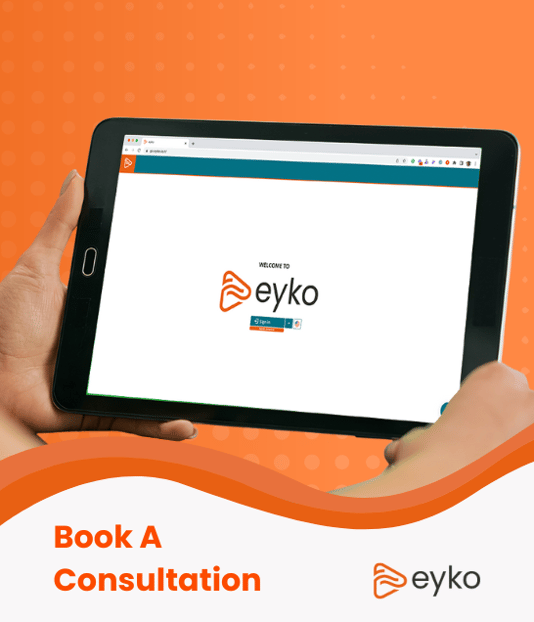Your data Real Time or Right Time?
While we now live in a world of instant gratification where people are short on patience, when it comes to understanding how up to date the data in your information systems needs to be, it quite simply pays to have options.
Before we go too far it’s important that we distinguish between what’s right for information systems like a data warehouse or dashboarding application may be very different to what I would call a transaction processing systems like ERP (Enterprise Resource Planning), CRM (Customer Relationship Management), and HCM (Human Capital Management).
There is little debate that real-time data synchronization between your transaction processing systems can deliver a lot of business benefits in certain industries. What’s less obvious is how often you should update the data in your information systems.
Over the years, we have seen companies go from building a data warehouse and being prepared to wait overnight to update the data to more recently trying to build a real-time platform that can deliver instant business answers to business users just like they are used to getting from Google when browsing the Internet.
There is no doubt that cheaper storage and faster processing power have made it possible to do certain things in real time that were just not possible 5 years ago let alone 10 years ago. While compute resources may have become cheaper, it is worth remembering that real-time “everything” can be incredibly expensive or just not possible for many companies, especially as more and more of the source business data is fragmented across a growing array of disconnect systems.
No right or wrong answer.
Even though the title of this piece frames this conversation as some sort of competition between a Real Time approach and Right Time approach, suggesting one is better than the other, it is really meant to do nothing of the sort.
You see, there is no winner, there is no right and wrong answer. A successful approach needs to be able to consider both real-time and the right time.
The essential element of the discussion is that it is less about the update frequency and more about what is the right update approach for each individual piece of data. Having the option to treat individual data elements separately is really the winner.
For the data that is continually changing in the sources systems, it is reasonable to suggest that this needs to be refreshed on a more regular basis depending on the business problem you are looking to solve.
However other data might only change once a week, or once a month, or in some cases rarely if at all, and needs to be updated on different frequencies.
You may even find you want to set different frequencies for various parts of the same data source. Refreshing broadly static data along with your fast-changing data on the same update frequency into your information system is unnecessary and is a waste of valuable resources.
Let the application decide.
The beauty of the Right Time concept is that the data and the application get to decide what data is refreshed at what time, and at what frequency. It is no longer dictated by the capabilities of the system that is managing the data exchange and more about the needs of the data consumers.
The need for this level of flexibility when building your information systems means when selecting your software vendors, it’s less about picking a system that supports Real Time or batch updates and is more about finding a data solution that supports Right Time. If it does, you know it gives you all the options you need when it comes to updating data in your information system.
For more about how eyko supports Right Time, go to www.eyko.io
Share this
You May Also Like
These Related Stories

Operational Reporting across enterprise applications - simplified.

Can data blending replace data preparation & integration?
.png?width=1120&height=630&name=Why%20Has%20Operational%20Reporting%20Become%20So%20Difficult%20(1).png)
